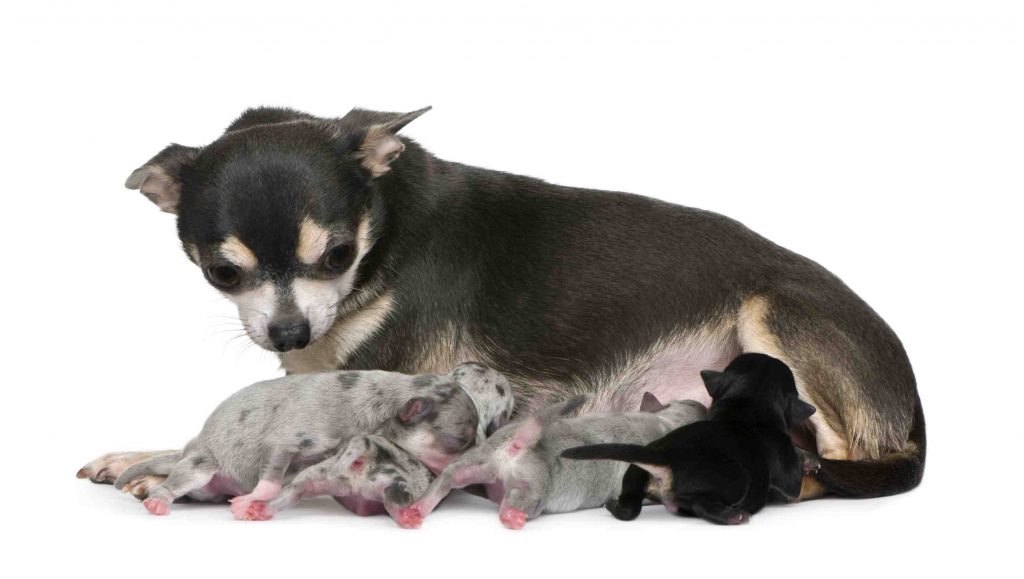We recently had a Kali’s Wish reader reach out and ask about the link between mammary tumors and spaying your dog. The fact is, tumors in the mammary gland are very frequent in female dogs who have not been spayed. It is also not unheard of for male dogs to have a mammary tumor, though… Continue reading Mammary Tumors & Spaying Your Dog
Category: Types & Symptoms
Transitional Cell Carcinoma
What is transitional cell carcinoma? Lining the urinary bladder are cells called transitional cells that protect the body from the urine inside the bladder even as the bladder stretches to accommodate larger volumes of urine. Transitional Cell Carcinoma (TCC) is a malignant tumour that develops from the transitional cell lining of the bladder. Bladder cancer… Continue reading Transitional Cell Carcinoma
Soft Tissue Sarcomas
What are soft tissue sarcomas? In general terms, soft tissue sarcomas refer to a group of tumours that most often form from the skin and subcutaneous (layer of tissue directly under the skin) tissue. Soft tissue sarcomas are grouped together because they behave in a similar manner. They are named depending on the tumour location:… Continue reading Soft Tissue Sarcomas
Squamous Cell Carcinoma
Squamous cell carcinoma is a type of skin cancer that originates in squamous epithelial cells that are present in the outer layer of the skin and in the lining of body cavities such as the mouth and throat. This type of cancer is more often seen in elderly dogs and those spending a lot of… Continue reading Squamous Cell Carcinoma
Melanoma
What is melanoma? Melanoma is a benign or malignant tumour made up of melanocytes, which are pigment-producing cells. Melanoma is more common in male dogs and those with dark pigmented skin. Some breeds including Scottish Terriers, Black Labrador Retrievers, Cocker Spaniels, Gordon and Irish Setters, Chow Chows, Doberman Pinschers and Golden Retrievers seem to be… Continue reading Melanoma
Mast Cell Tumour
What is a mast cell tumour? Mast cell tumours are common in dogs, accounting for about one skin tumour in every five. Although this form of cancer can affect dogs of any age, it usually appears in middle-aged and senior dogs. Mast cells are specialized blood cells found in all tissues of the body, with… Continue reading Mast Cell Tumour
Mammary Cancer
What is mammary cancer? Mammary (breast) tumours are the most common type of tumour diagnosed in unspayed female dogs over the age of seven. Statistics reveal that one in four unspayed female dogs are affected with mammary cancer, which is much higher than the incidence of breast cancer in women, at about one in eight.… Continue reading Mammary Cancer
Apocrine Gland Adenocarcinoma
What is apocrine gland adenocarcinoma? Dogs have small pouches, called anal sacs, located on either side of their anal opening. These sacs can become inflamed, infected or blocked and may cause dogs to “scoot” their bottoms on the ground or lick and chew the area for relief. Tumours of the anal sac are called apocrine… Continue reading Apocrine Gland Adenocarcinoma
Hemangiosarcoma
What is hemangiosarcoma? Hemangiosarcoma is defined as an aggressive, malignant tumour of blood vessel cells. This type of cancer usually affects middle-aged to older dogs (six to 13 years) and is more common in mid-size to large breeds. Although this type of cancer can occur in any part of the body, the most common areas… Continue reading Hemangiosarcoma
Lymphoma
What is lymphoma? Lymphoma, or lymphosarcoma, is the most common form of cancer in both humans and small animals. It is a malignant tumour that affects the lymph system, which makes up part of your dog’s immune system that protects against infection. Lymphoma can occur anywhere there is lymph tissue such as in the lymph… Continue reading Lymphoma










